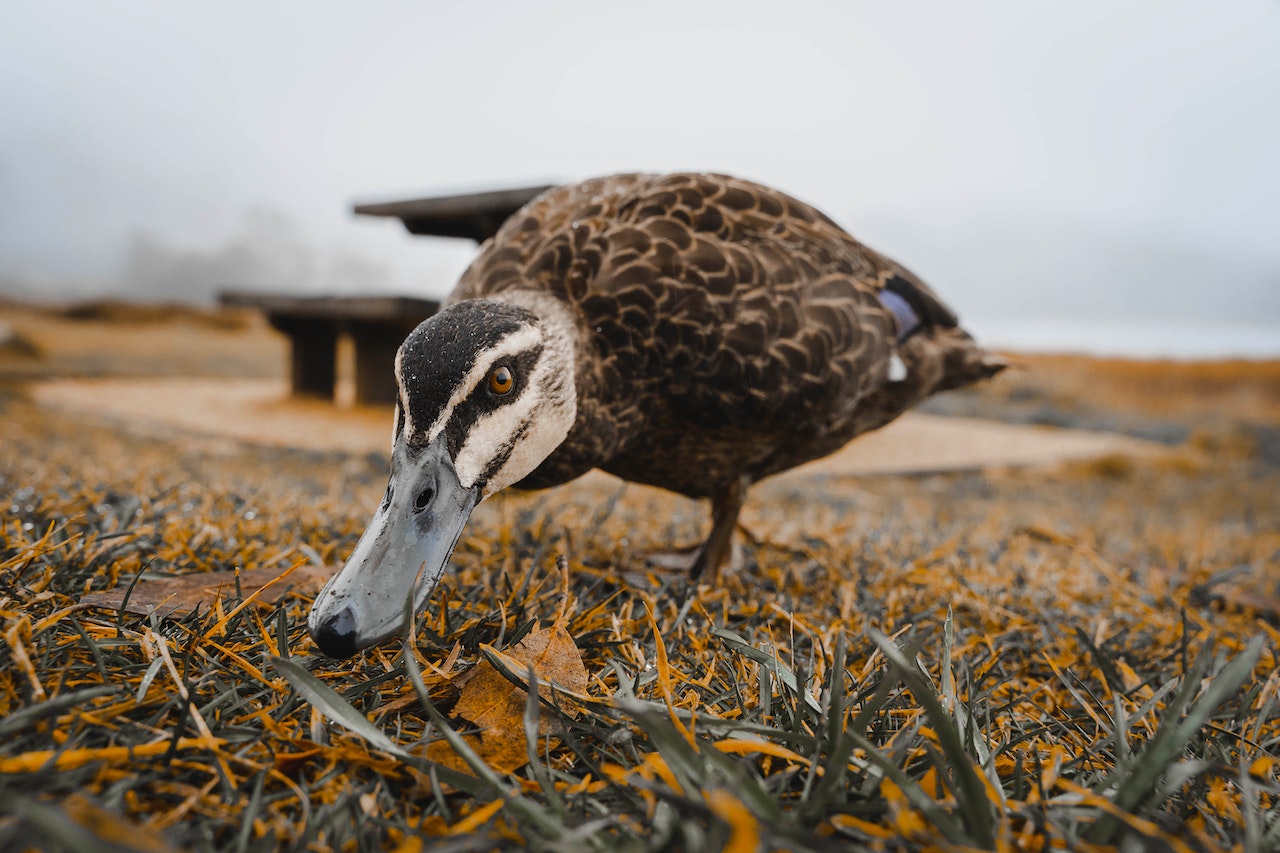Environment & Nature
How ducks, geese and swans see the world – and why this puts them at risk in a changing environment

However, the binocular fields of species like mallards and pink-eared ducks are much narrower. (Pexels Photo)
Each year, millions of birds fly into power lines, wind turbines and the other man-made structures that litter the open air space. These collisions frequently result in the death of birds and, if power systems go down, disrupt our lives and pose financial challenges for power companies.
Numerous bird species, including macaws in Brazil, geese and swans in the UK, and blue cranes in South Africa have been found to be susceptible to collisions with power lines. But any flying bird can fall victim to such a collision.
In some places, these collisions happen so often that they can jeopardise local populations of endangered species.
But birds are highly evolved flying machines. They can fly in tightly packed flocks that weave and turn to our delight and wonder. So why do they fly into things?
According to our latest research, the answer lies in how they see the world. We found that looking directly ahead is simply not that important to many species of duck, geese and swans.
How birds see the world
Exploring the reasons behind why birds are victims of collisions has led to new ideas that challenge our fundamental perception of what birds are. In the past, scientists have described birds as “a wing guided by an eye”. This implies that flight has been central to moulding bird vision throughout their evolution.
But now it is safe to conclude that a bird is instead best characterised as “a bill guided by an eye”. Rather than flight, the main driver of the evolution of bird vision has been the key tasks associated with foraging, in particular detecting food items and getting the bill to the right place at the right time in order to seize them. Alongside the detection of predators, this is the task that bird vision has to get right day in, day out.
Birds differ in how much the view from each eye overlaps (called the binocular field of view). The more the eyes look straight ahead, the more the view from each eye will overlap – much as human eyes do – thus broadening the binocular field. For a bird such as a duck, with its eyes positioned high up on either side of the head, the view from each eye will be very different (with smaller binocular field).
We measured binocular field size across a broad range of 39 species of duck, geese and swans. We found that the key driver of diversity in vision between species is their diet and how they forage for food.
Birds that primarily use their vision to locate foods such as seeds, or selectively graze on plants, tend to have broader binocular fields.
However, the binocular fields of species like mallards and pink-eared ducks are much narrower. These birds rely less on their eyes for foraging and more on touch cues from their bills. The vision of birds like these instead provides them with a comprehensive view of the region above and behind their heads.
Birds certainly need to have some visual coverage in front of them. But with eyes placed high on the side of the head, resulting in a very narrow binocular field, they are restricted to retrieving rather scant detail from the distant scene ahead. What matters to them more is placing their bill accurately at a close distance and seeing who is coming at them from the side or from behind.
This finding is not confined to ducks, geese and swans. It probably generalises to all birds, except perhaps some owls (which have more front-facing eyes and rely upon sound to locate prey). The great majority of birds are therefore vulnerable to collisions.
However, it is larger birds like geese, swans and bustards that face real problems. Their restricted forward vision is compounded by flying fast and being unable to change direction quickly. These birds also often fly in flocks, and at dusk and dawn when the light level is lower.
Warning birds of hazards ahead
Understanding the vision of birds from the perspective of foraging and predator detection improves our understanding of what causes collisions. But, more importantly, it allows us to do something about it.
We must not assume that a bird’s view of the world is the same as ours. We are specialised primates with eyes on the front of our heads, and we see the world in a very different way to birds, not only with respect to visual fields but also acuity and colour vision. So, we must try to take a proper “birds’ eye view” of the problem.
Birds are also flying fast. But, as they do so, they are taking in only gross information of what lies ahead – much as we do when driving our cars. As with car hazard warnings, it is necessary to alert birds using markers that may seem excessive.
Birds that are vulnerable to collisions have evolved to fly in airspace that only recently has started to become cluttered. To be clearly visible to a bird, especially to species like ducks and geese, devices that warn birds about hazards ahead must be large, highly contrasting and produce flicker.
When marking hazards, there is no place for subtlety.

Don’t have time to read about climate change as much as you’d like?
Get a weekly roundup in your inbox instead. Every Wednesday, The Conversation’s environment editor writes Imagine, a short email that goes a little deeper into just one climate issue. Join the 20,000+ readers who’ve subscribed so far.![]()
Graham Martin, Emeritus Professor of Avian Sensory Science, University of Birmingham and Jenny Cantlay, PhD Candidate in Avian Sensory Ecology, Royal Holloway University of London
This article is republished from The Conversation under a Creative Commons license. Read the original article.





















